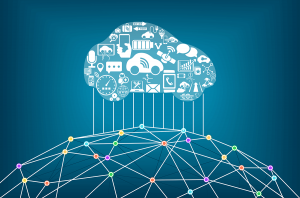E-call is commonplace on almost all new vehicles in the United Kingdom and on ALL new cars in the European Union, but highways chiefs are warning that millions of people are unaware that they have this small life-saving button in their car, or what to do with it.
According to National Highways more than five million new cars are equipped with the eCall system and SOS button in the UK. In the event of a serious accident that triggers the airbags, sensors in the vehicle activate the eCall system, automatically sending the vehicle’s location to a third party call centre, like Teletrac Navman Automotive’s, or directly to the emergency services on 112. As well as sending the location, it also connects a voice call to allow the operator to triage the call and send the appropriate emergency service.

As well as the automated, airbag or sensor driven alert, if you car has Ecall it will have an SOS button, either on the ceiling, or sometimes on the steering wheel. Pressing this button will also transfer you straight to an operator who can find out more information about the vehicle and passengers before passing the call to the emergency services.
When should you use eCall?
If your vehicle’s incident has led to injury, if there is any kind of medical emergency for which you would usually call 999 or 112, or if you have broken down in an active lane on a motorway or dual carriageway, you should use the eCall or SOS button to call for help. When you press the button, you will be passed through to an operator within a few seconds. whilst you are waiting to be transferred, the Highways agency says you should follow these steps:
Stay in your vehicle and keep your seatbelts on
Turn on your hazard warning light
Activate your in-vehicle emergency call system by manually pressing the eCAll SOS button
Talk to the operator using your vehicle speaker system.
The operator will ask for more information to find out the nature and severity of the incident. Make sure to inform the operator if you are in a vulnerable or dangerous location and whether you are:
– Not able to exit the car
– Experiencing a medical emergency
– Disabled or vulnerable.
To find out more about eCall or bCAll from Highways England, click here.
If you are an OEM and would like to speak to one of our experts about integrating Teletrac Navman Automotive’s eCall, bCAll, Concierge, Remote Services or Stolen vehicle Services within your vehicles, click below to speak with us or book a meeting



